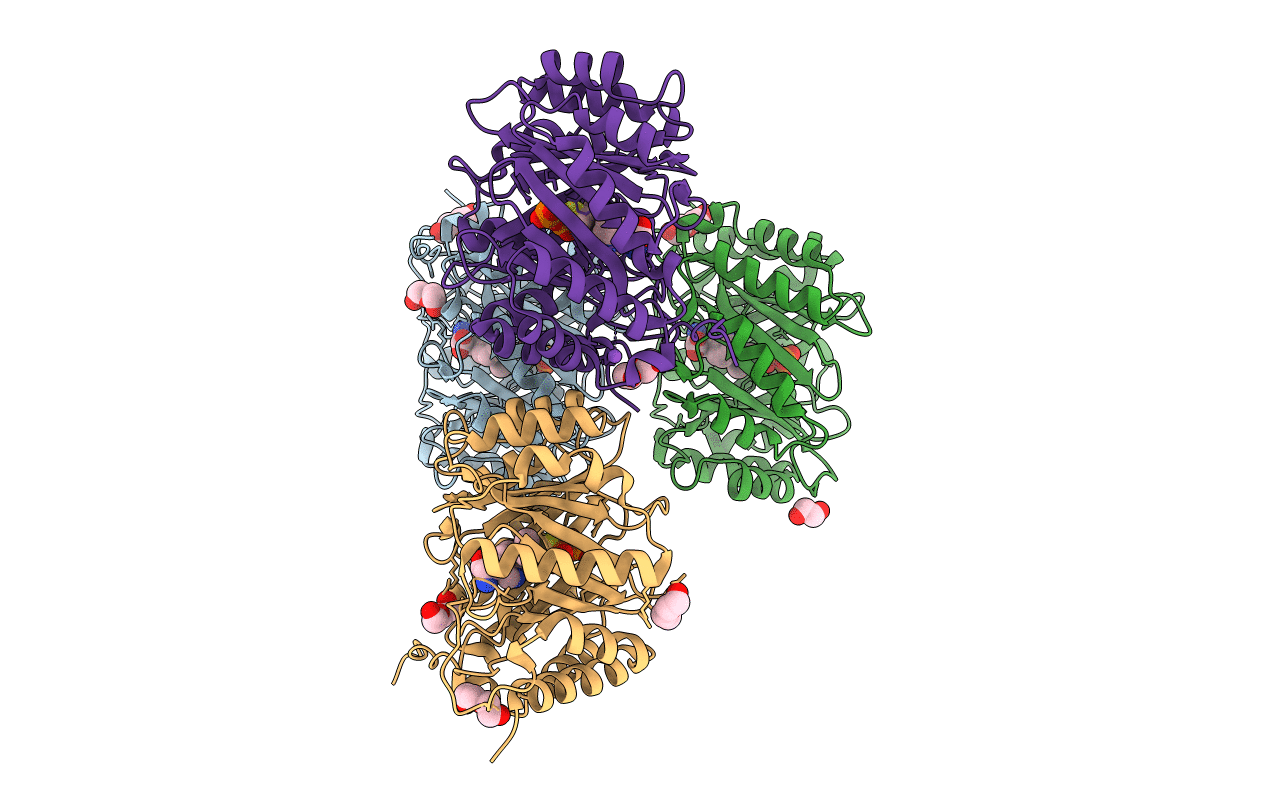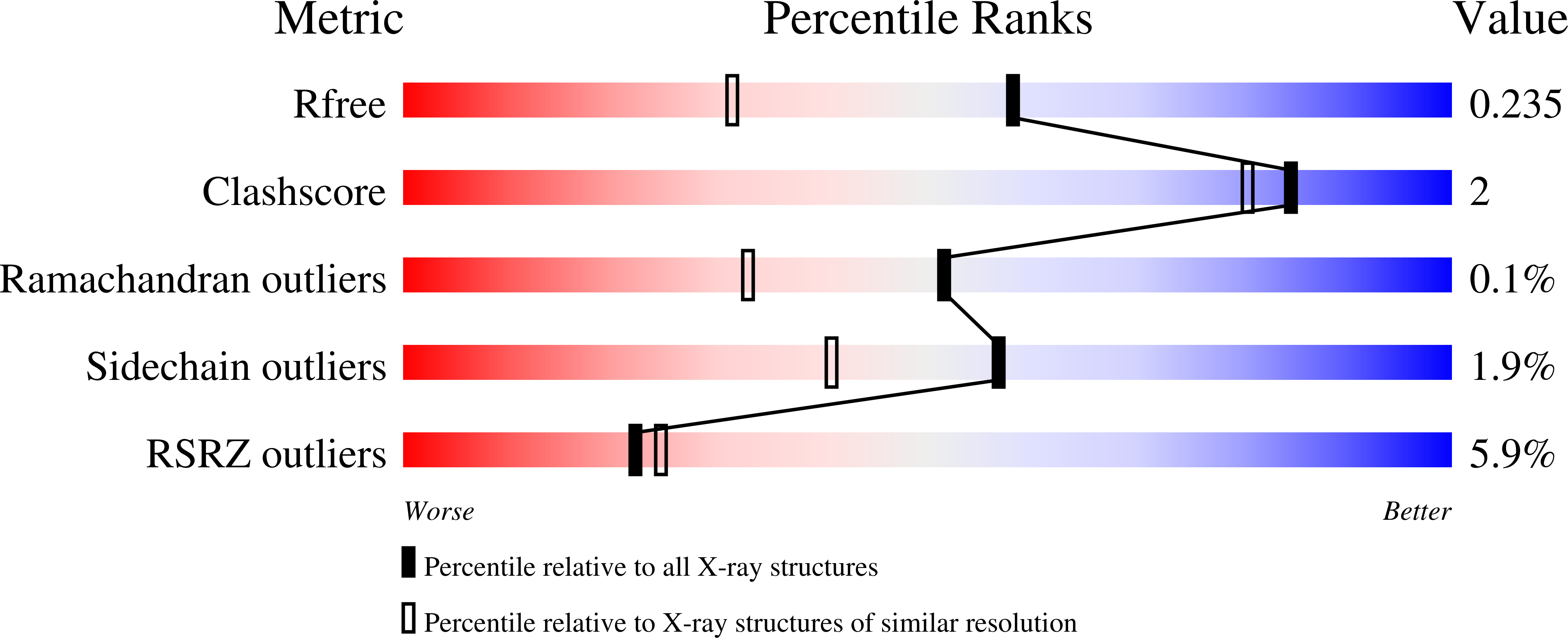
Deposition Date
2020-07-15
Release Date
2020-12-09
Last Version Date
2024-01-31
Entry Detail
PDB ID:
6ZRX
Keywords:
Title:
Crystal structure of 6-dimethylallyltryptophan synthase from Micromonospora olivasterospora in complex with DMASPP and Trp
Biological Source:
Source Organism:
Micromonospora olivasterospora (Taxon ID: 1880)
Host Organism:
Method Details:
Experimental Method:
Resolution:
1.70 Å
R-Value Free:
0.23
R-Value Work:
0.20
Space Group:
P 1 21 1


